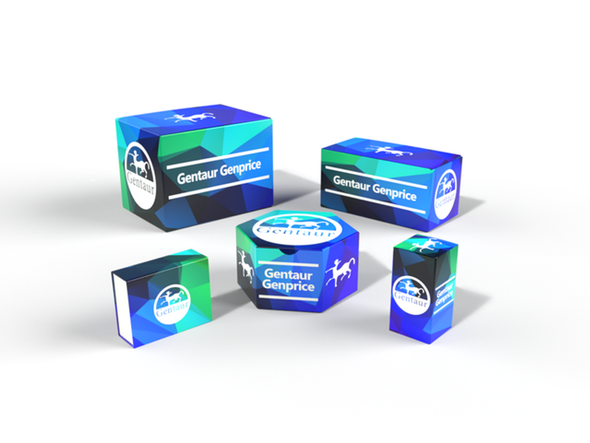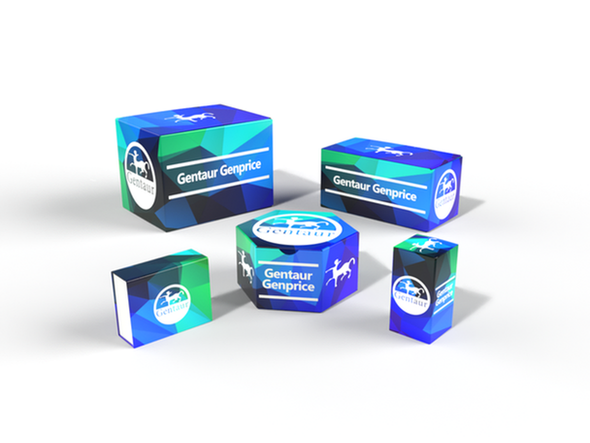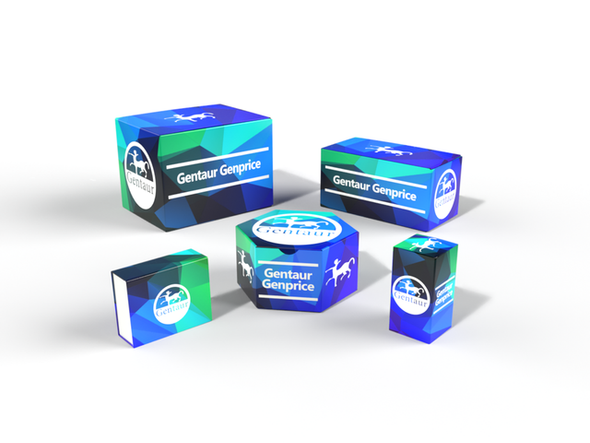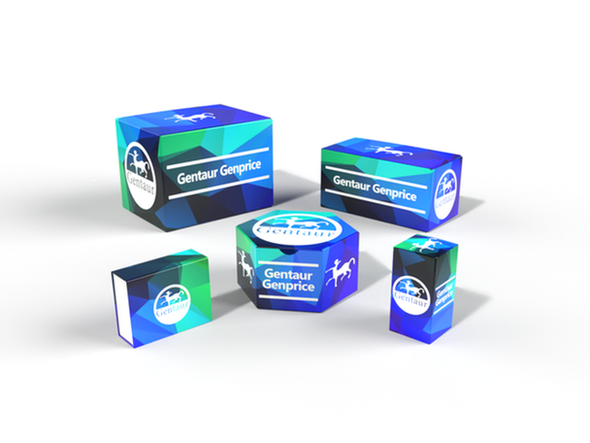BW
PPP1R1A polyclonal Antibody | BS60209
- SKU:
- BW-BS60209
- Availability:
- Usually ships in 5 working days
Description
PPP1R1A polyclonal Antibody | BS60209 | Gentaur UK, US & Europe Distribution
Host: Rabbit
Reactivity: Human,Mouse,Rat
Application: WB
Application Range: WB: 1:500~1:1000
Background: Protein phosphatase inhibitor-1 (also designated inhibitor of protein phospha-tase 1, IPP-1 and I-1) plays a role in regulating the phosphorylation of other proteins, and is itself phosphorylated by a cyclic AMP-dependent protein kinase at Threonine 35. In addition, the proline-directed kinases Cdk1, Cdk5, and mitogen-activated protein kinase (MAPK) mediate in vitro phosphorylation of IPP-1 at the phylogenetically conserved position Serine 67. In striatal tissues, glutamate-dependent regulation of N-methyl-d-aspartic acid-type channels influences IPP-1 phosphorylation at Ser 67. The localization and expression of IPP-1 suggests that it may play discrete roles in certain regions and developing stages of the brain, independent of the regulation of protein phosphatase type 1 (PP-1) . PP-1 binds to both phosphorylated and dephosphorylated IPP-1. Conversion of PP-1 to a Mn++-dependent state appears to play a role in its regulation by IPP-1. IPP-1 attenuates the activity of glycogen phosphorylase and is thought to be important in the hormonal control of glycogen metabolism.
Storage & Stability: Store at 4°C short term. Aliquot and store at -20°C long term. Avoid freeze-thaw cycles.
Specificity: PPP1R1A polyclonal Antibody detects endogenous levels of PPP1R1A protein.
Molecular Weight: ~ 27 kDa
Note: For research use only, not for use in diagnostic procedure.
Alternative Names: Protein phosphatase 1 regulatory subunit 1A; Protein phosphatase inhibitor 1; IPP-1; PPP1R1A; IPP1
Immunogen: A synthetic peptide corresponding to residues in Human PPP1R1A.
Conjugate: N/A
Modification: N/A
Purification & Purity: The Antibody was affinity-purified from rabbit antiserum by affinity-chromatography using epitope-specific immunogen and the purity is > 95% (by SDS-PAGE) .
Pathway: N/A










